C4 Corvette Years to Avoid – The Chevrolet Corvette has long been an iconic symbol of American sports car performance, capturing the hearts of automotive enthusiasts for generations. The fourth-generation Corvette, also known as the C4, made its debut in 1983 and remained in production until 1996.
While the C4 Corvette offered significant advancements in terms of design and technology, there are certain model years that are often considered less desirable by Corvette enthusiasts.
In this article, we will explore the C4 Corvette years to avoid and delve into the reasons behind their reputation, allowing prospective buyers and Corvette enthusiasts to make informed decisions about these iconic cars.
C4 Corvette History
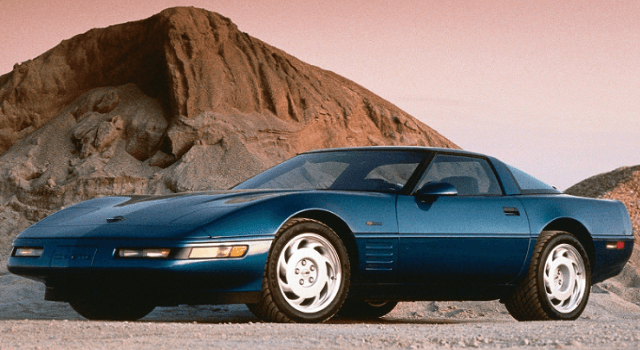
The C4 Corvette, part of the Chevrolet Corvette lineage, was the fourth generation of this iconic American sports car. It was produced by General Motors from 1983 to 1996. The C4 marked a significant departure from its predecessor, the C3 Corvette, in terms of both design and engineering.
Introduced in 1983, the C4 Corvette showcased a sleeker and more aerodynamic appearance compared to its predecessors. It featured pop-up headlights, a pronounced wedge-shaped body, and a higher beltline. The use of composite materials for body panels, such as fiberglass and plastic, reduced weight and improved fuel efficiency.
One notable milestone for the C4 Corvette was the introduction of the Corvette Convertible in 1986. This marked the return of the convertible model after a 10-year hiatus.
Throughout its production run, the C4 Corvette underwent several updates and advancements. In 1990, the ZR-1 performance variant was introduced, featuring a powerful LT5 engine developed in collaboration with Lotus. This engine produced an impressive 375 horsepower, making it one of the most potent production cars of its time.
Another significant update came in 1992 with the introduction of the LT1 engine. This small-block V8 engine provided increased power and torque over the previous L98 engine, enhancing the C4’s performance capabilities.
However, despite its advancements, the C4 Corvette had its share of challenges. Early models, particularly the 1984 and 1985 versions, faced issues with quality control and reliability.
These problems included electrical gremlins, poor fit and finish, and performance limitations. General Motors worked to address these issues in subsequent model years, making improvements along the way.

Overall, the C4 Corvette played an important role in the evolution of the Corvette brand. It introduced modern design elements, embraced new technologies, and laid the foundation for future generations of Corvettes.
While some model years faced initial challenges, subsequent improvements, and updates made the C4 Corvette a more refined and capable sports car as its production years progressed.
C4 Corvette Years to Avoid
We will delve into the C4 Corvette years to avoid, highlighting the model years that are often associated with reliability issues, performance limitations, and other challenges.
By being aware of these specific years, potential buyers and Corvette enthusiasts can make informed decisions when considering a C4 Corvette purchase.
Read Also: C6 Corvette Years To Avoid
1985 C4 Corvette
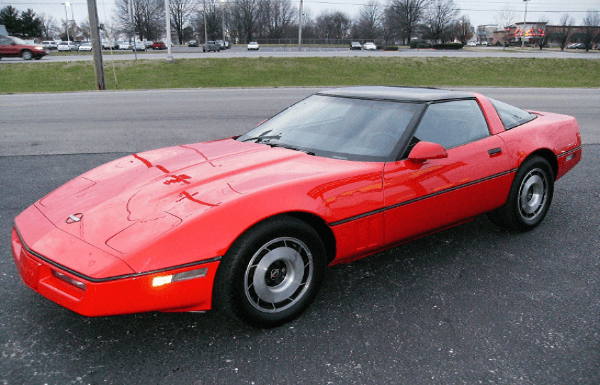
The 1985 C4 Corvette, although a significant model year in terms of advancements, is often regarded as a year to avoid. It introduced the Tuned Port Injection (TPI) system, replacing the previous Cross-Fire Injection.
However, the early implementation of the TPI system faced issues, such as inconsistent fuel distribution, leading to performance problems and occasional stalling.
Some 1985 models experienced electrical gremlins and subpar build quality. While these issues were addressed in subsequent years, the 1985 C4 Corvette stands as a cautionary model year.
1986 C4 Corvette
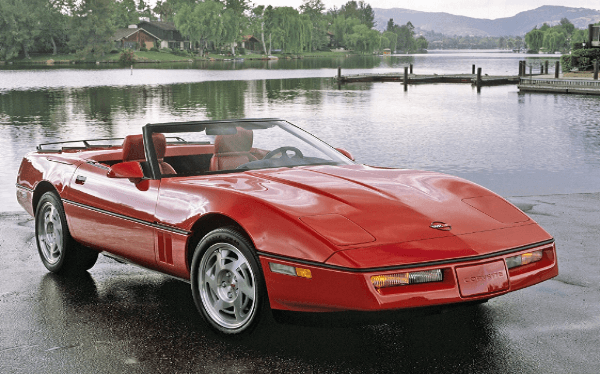
The 1986 C4 Corvette is another year that should be approached with caution. This model year marked the return of the Corvette Convertible after a decade-long hiatus, which generated excitement among enthusiasts.
However, the early convertible models of 1986 faced several quality control issues. These problems included leaky tops, poor-fitting soft tops, and compromised structural rigidity.
The convertible models produced in later years of the C4 Corvette run, especially after improvements were made, are generally considered more desirable.
Read Also: C5 Corvette Years To Avoid
1987 C4 Corvette

The 1987 C4 Corvette, while a notable year for the introduction of the Callaway Twin-Turbo option, is also associated with certain concerns. One significant issue was related to the L98 engine’s aluminum heads, which were prone to developing leaks and requiring costly repairs.
Some owners reported problems with the digital instrument cluster and electronic displays, leading to inaccurate readings or complete failures.
These factors make the 1987 C4 Corvette a year that some buyers might want to approach cautiously.
1990 C4 Corvette
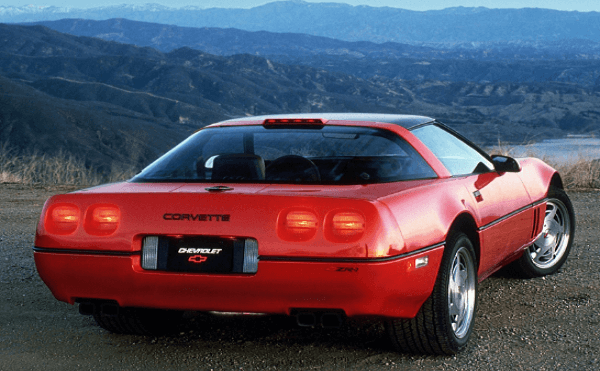
The 1990 C4 Corvette is a year that enthusiasts tend to approach with caution due to its association with an infamous issue: the “bouncing” digital speedometer. Some 1990 models suffered from a faulty speed sensor that caused erratic speedometer readings, leading to inconvenience and potential legal concerns.
Although the problem could be resolved with sensor replacement, it remains a factor to consider for those interested in a 1990 C4 Corvette.
By conducting thorough research, inspecting prospective purchases, and consulting with knowledgeable experts, you can navigate the C4 Corvette market with confidence and make informed decisions.
Read Also: Is A Corvette A Good First Car
Best Year C4 Corvette
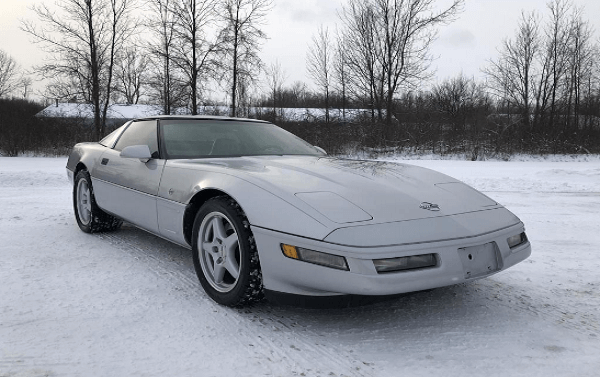
The Chevrolet Corvette C4, produced from 1983 to 1996, underwent various updates and improvements over its production years.
While some model years faced challenges, there are standout years that are often regarded as the best in terms of performance, reliability, and overall desirability.
1996 C4 Corvette
The 1996 C4 Corvette, is often considered one of the best years in the C4 Corvette lineup.
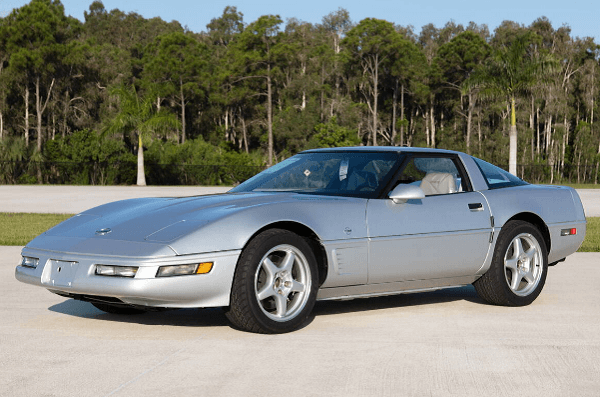
1. Performance and Power
The 1996 C4 Corvette stands out for its exceptional performance capabilities. It was the final year of production for the C4 generation, and Chevrolet made sure to send it off with a bang.
The 1996 Corvette featured the powerful LT4 engine, a 5.7-liter V8 that produced 330 horsepower and 340 lb-ft of torque. This engine, paired with a six-speed manual transmission, provided exhilarating acceleration and impressive top speeds.
The LT4 engine was a significant improvement over previous years’ powerplants, making the 1996 Corvette a true performer.
2. Enhanced Handling and Suspension
Chevrolet made several upgrades to the suspension and handling of the 1996 C4 Corvette. It featured revised shock valving and improved sway bars, resulting in enhanced cornering capabilities and a more responsive driving experience.
These upgrades contributed to improved handling dynamics and a greater sense of control on the road. The 1996 Corvette offered a balanced combination of power, agility, and precision, making it a joy to drive.
3. Improved Interior and Features
By 1996, Chevrolet had addressed many of the interior quality issues that plagued earlier C4 Corvette models. The 1996 Corvette featured a more refined and updated cabin with improved materials, better fit and finish, and a more modern aesthetic.
The introduction of the Grand Sport trim added sporty touches like perforated leather seats and unique exterior styling cues.
The 1996 model year saw the inclusion of dual-zone climate control, power seats, and a revised audio system, enhancing the overall comfort and convenience for occupants.
4. Collectibility and Rarity
The 1996 C4 Corvette holds a special place in Corvette history due to its significance as the final year of the C4 generation.
This factor, combined with its improved performance and refined features, contributes to its desirability among collectors and Corvette enthusiasts.
The limited production numbers of the 1996 Corvette, especially in the Grand Sport trim, further add to its rarity and exclusivity, making it an attractive choice for those seeking a collectible Corvette.
Read Also: Why Are Corvettes So Expensive?
C4 Corvette Common Problems
Like any vehicle, the C4 Corvette has experienced its fair share of common problems.

From random engine failures to faulty airbag sensors and electrical faults, understanding these common problems will help you make informed decisions, address potential issues promptly, and maintain the longevity and performance of your C4 Corvettes.
1. Random Engine Failures
One common issue reported by some C4 Corvette owners is random engine failures. These failures can be attributed to various factors, including faulty sensors, fuel delivery problems, or issues with the ignition system.
Regular maintenance, proper care, and addressing any potential warning signs can help mitigate the risk of engine failures.
2. Faulty Airbag Sensor
Another common problem found in C4 Corvettes is a faulty airbag sensor. This issue can result in the airbag system malfunctioning or failing to deploy during a collision.
It is crucial to ensure that the airbag sensor is functioning properly and to address any warning lights or malfunctions promptly to maintain the safety features of the vehicle.
3. Electrical Faults
Electrical problems are not uncommon in older vehicles, and the C4 Corvette is no exception. Some owners have reported issues with electrical components such as power windows, door locks, instrument panel gauges, or electronic displays.
These problems can often be attributed to worn wiring, faulty switches, or corrosion in connectors. Regular inspections, proper maintenance, and timely repairs can help prevent or address electrical faults.
Is the C4 Corvette a Good Car?
The C4 Corvette, despite its known issues, can still be considered a good car, especially for enthusiasts who appreciate its unique styling, performance, and historical significance. It is important to note that the C4 Corvette has a broad range of model years and improvements were made throughout its production run.
Later model years, such as the 1990s, tend to have fewer issues and improved overall quality compared to earlier years.
Proper maintenance, regular servicing, and addressing any known problems can help ensure a positive ownership experience with the C4 Corvette.
How Long Do C4 Corvettes Last?
The longevity of a C4 Corvette largely depends on various factors, including maintenance, driving conditions, and individual usage. With proper care and regular maintenance, a well-maintained C4 Corvette can last for a considerable amount of time. Many C4 Corvette owners have reported their vehicles reaching high mileage milestones, such as 150,000 miles or more.
However, as with any older vehicle, there may be a higher likelihood of encountering mechanical or electrical issues as the car ages.
Regular inspections, proactive maintenance, and addressing any problems promptly can help prolong the lifespan of a C4 Corvette.
Conclusion
The C4 Corvette, with its sleek design and technological advancements, is an iconic American sports car that has captivated automotive enthusiasts. However, it is essential to be aware of certain C4 Corvette model years that are commonly associated with reliability issues and performance limitations.
The 1985, 1986, 1987, and 1990 C4 Corvettes, as discussed in this article, have been known to have specific concerns that potential buyers and Corvette enthusiasts should consider.
The 1985 C4 Corvette faced initial challenges with its TPI system and electrical issues. The 1986 model year, although marking the return of the convertible, had quality control issues related to the convertible tops.
The 1987 C4 Corvette experienced problems with aluminum heads and digital instrument clusters. The 1990 C4 Corvette is associated with the “bouncing” digital speedometer issue.
It is recommended to thoroughly inspect any prospective purchase and consult with knowledgeable experts or professional mechanics.
Despite the challenges, the C4 Corvette offers a unique driving experience and holds historical significance. With proper maintenance, attention to known issues, and proactive care, owning a C4 Corvette can still be a rewarding experience. By staying informed and addressing any concerns, you can enjoy the thrill and allure of the C4 Corvette while minimizing potential drawbacks associated with specific model years.
Related Articles:
- Ford v10 Years to Avoid
- Porsche Boxster Years to Avoid
- Porsche 997 Years to Avoid
- Nissan 370z Years to Avoid
- Mitsubishi Eclipse Years to Avoid
- Infiniti Q50 Years to Avoid
- Subaru WRX Years to Avoid
- Volvo V90 Years to Avoid
- Audi R8 Years to Avoid
- Audi TT Years To Avoid
- Mazda Miata Years to Avoid